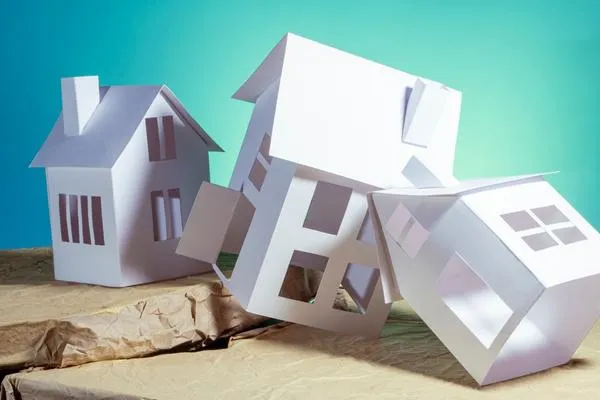
Land And Property Hazards for Residential Property In New Zealand
Environmental and Land Hazards
- Volcanic Activity
Location: Central North Island (Taupo Volcanic Zone), Auckland, Bay of Plenty
Risks: Ashfall, lava flows, lahars, and gas emissions can damage structures and make areas uninhabitable.
Notable Zones: Rotorua, Taupo, Auckland Volcanic Field
- Earthquakes & Fault Lines
Location: Widespread, especially Wellington, Marlborough, Canterbury, Hawke's Bay
Risks: Structural damage, land deformation, and increased building compliance requirements.
Key Fault Lines: Alpine Fault, Wellington Fault, Hikurangi Subduction Zone
- Landslides & Rockfall
Location: Hill and mountain regions (Wellington, Kaikoura, Coromandel, Queenstown)
Risks: Building damage, access issues, and personal safety risks during or after heavy rain or earthquakes.
Indicators: Steep terrain, unstable cuts, evidence of previous slips
- Flooding
Location: Low-lying coastal areas, river plains (Auckland, Christchurch, Napier, West Coast)
Risks: Water damage, insurance issues, mold, erosion, and infrastructure stress.
Types: River/stream flooding, surface flooding, coastal storm surge
- Coastal Erosion & Sea Level Rise
Location: Coastal zones, particularly eastern and western seaboards
Risks: Loss of land, foundation undermining, regulatory development limits.
Agencies to Check: Regional councils, NZ SeaRise project
- Wind Exposure
Location: Coastal and elevated areas (Wellington, Taranaki, Southland)
Risks: Structural damage, maintenance issues, wind-driven rain intrusion
Mitigation: Design wind zones (NZS 3604 standard)
- Fire Hazard (Rural/Urban Interface)
Location: Semi-rural and forest-adjacent areas (Canterbury, Otago, Hawkes Bay)
Risks: Vegetation fires, especially during droughts and high wind periodsEnvironmental and Land Hazards in
New Zealand Residential Property
- Liquefaction-Prone Soils
Location: Christchurch, Hutt Valley, parts of Hawkes Bay and Bay of Plenty
Risks: Ground instability during earthquakes; uneven settlement
Relevance: Ground testing (e.g., geotechnical reports) is crucial for new builds or insurance.
- Contaminated Land
Location: Sites with past industrial, horticultural, or landfill use
Risks: Health hazards, development restrictions, expensive remediation
Check: Council HAIL (Hazardous Activities and Industries List) register
- Air Quality & Environmental Pollution
Location: Urban areas with high vehicle use or industry (Christchurch in winter for PM10)
Risks: Health concerns, particularly for respiratory conditions
Sources: Wood burners, vehicle emissions, industrial activity
Useful Tools & Checks:
- LIM Reports (Land Information Memorandum) Council record of known hazards
- Geotechnical Reports For soil stability, liquefaction risk, etc.
- NIWA and GNS Science For natural hazard mapping and data
- Regional Council GIS Maps Show flood zones, erosion areas, etc.
- Property Risk Portals like www.propertyvalue.co.nz or council websites
